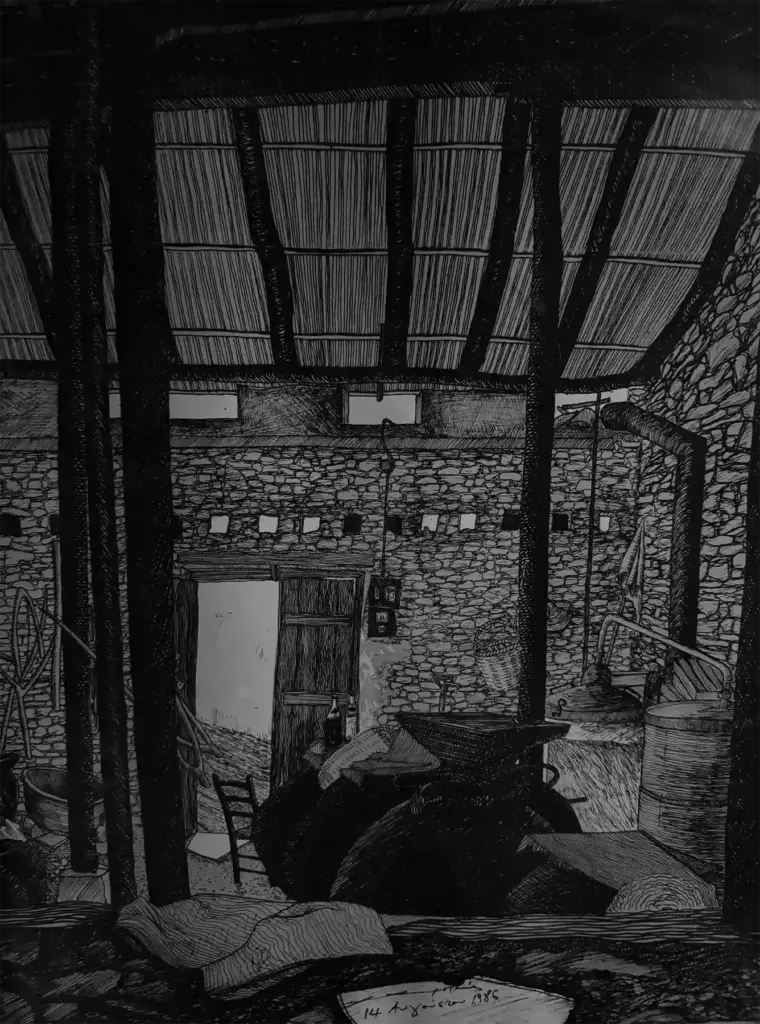In the first of a three-part series on the wines and winemakers of Cyprus, Paul White is surprised by a dynamic and historic wine culture that is beginning to make full use of a host of fascinating indigenous grape varieties and techniques.
I didn’t know what to expect from my first visit to Cyprus. The cynic in me suspected Cyprus might be cranking out loads of misplaced, nondescript Sauvignon Blanc, Chardonnay, Cabernet, and other “nowhere” wines for beached tourists, so often the case with Mediterranean countries over the past four decades.
Instead, very happily, I found a dynamic wine culture with a fascinating historical past, in the process of rediscovering a wide range of previously unknown native grape varieties. In terms of virgin territory, who could ask for anything more?
Cypriot wine, it turns out, is extraordinary in many aspects.
Cyprus is the only European country that has remained completely phylloxera-free. All vines are planted on their own roots, oft speculated to facilitate healthier plants and purer varietal characters. Because Cyprus remained glacier-free during the last Ice Age, its dozen-plus autochthonous grapes avoided extinction, similar to a few other outposts in Iberia and Mediterranean islands. As a result, they retain distinct DNA profiles, with some sharing more ancient wild grape characteristics, others born of domestication later.
Cyprus has “differences” in spades.
The island’s terroir, stretching from high mountains down to the sea, is as complex, varied and influential as anywhere else in the world. On the cusp of two continental plates,
This Article was originally published on World of Fine Wine






